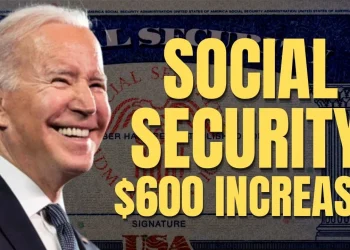According to a recent Government Accountability Office (GAO) report, improper payments within the U.S. federal government reached a staggering $236 billion in fiscal year 2023. The majority of these improper payments, approximately 74%, were categorized as overpayments, amounting to $175.1 billion. Overpayments occur when funds are disbursed in excess of what is due, indicating significant challenges in financial management across various federal programs. This issue highlights systemic weaknesses in controls and verification processes that contribute to the misallocation of taxpayer dollars, reported by Just The News,
Case Study: Small Business Administration’s Paycheck Protection Program (PPP)
This Article Includes
One notable case discussed in the report is the Small Business Administration’s Paycheck Protection Program (PPP), which faced an alarmingly high improper payment rate of 49.2%. This program, crucial for providing financial relief during the COVID-19 pandemic, has faced scrutiny for inaccuracies in payment processing. The GAO report highlighted that a substantial portion of PPP loan forgiveness estimates fell into the category of unknown payments due to insufficient documentation, further complicating efforts to accurately track and reconcile disbursements.
Persistent Struggles in Federal Financial Oversight
Despite ongoing efforts to mitigate improper payments, which have totaled approximately $2.7 trillion since fiscal year 2003, federal agencies continue to grapple with persistent challenges. Although there has been a decline in improper payments from the peak observed during the pandemic in fiscal year 2021, the issue remains a critical area of concern for maintaining fiscal integrity and accountability. Enhancing oversight and strengthening internal controls are crucial steps in addressing the root causes of improper payments, ensuring that taxpayer funds are used efficiently and responsibly across federal programs.











